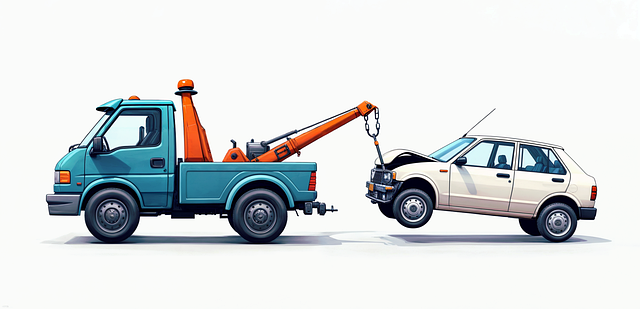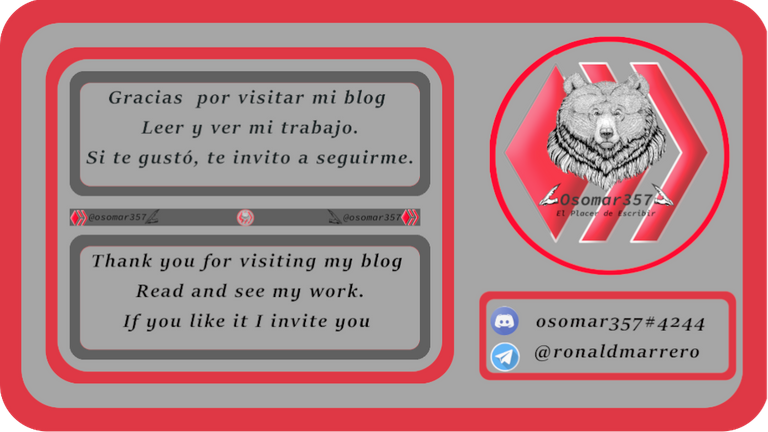

Pront: “Control de velocidad”.
Hace unos años, antes de que la crisis política y económica, obligara a cerrar a una enorme cantidad de empresas, yo tenía mi empresa de asesoría en el área de la salud y la seguridad en el trabajo. En esa empresa, nos encargábamos de dar talleres de formación, apoyar a las empresas en todos los proceso técnicos, médicos y jurídicos, y también, apoyábamos con la investigación de accidentes y enfermedades laborales.
En mi caso personal, siempre me ha gustado el proceso de investigación de los accidentes y las enfermedades laborales, debido a que normalmente, el resultado de esas investigaciones, termina en la generación de políticas preventivas, que coadyuvan finalmente, a disminuir, los riesgos laborales a los que se exponen los trabajadores.
Recuerdo mucho, que la primera vez que investigué un accidente laboral, fue en una empresa de transporte, donde uno de los camiones tuvo un accidente. Recuerdo, que hice todo el proceso, busqué la ficha técnica del vehículo, hable con los mecánicos, revise las cámaras de video, para ver si realmente se había hecho el mantenimiento, según lo indicado en la ficha técnica, y fui al lugar del accidente a levantar material gráfico y para realizar entrevistas. Y finalmente, terminé, entrevistando al conductor.
Cuando entrevisté al conductor, los datos que él daba, eran diferentes a lo que decía, tanto el GPS, como la computadora del camión. Y aunque el conductor decía, que había cumplido con todas las reglas, se demostró que no fue así, y que él, a diferencia de lo que decía, venía conduciendo el camión a exceso de velocidad, y además, no estaba usando el cinturón de seguridad.
El proceso de exceso de velocidad se evidenció, por tres vías, que fueron el GPS, los testigos del accidente, y las huellas del frenado del camión, antes del impacto. Y la falta de uso del cinturón de seguridad se evidenció, por dos vías, la primera, que se consiguió, un retén de plástico en el seguro de la base del cinturón en el camión, y la segunda, fue muy evidente, debido a que el conductor fue expulsado del camión, por el impacto, y de haber usado el cinturón, eso no hubiese pasado, y no tendría las lesiones que obtuvo por el accidente.
Así, que cuando terminé mi informe sobre el accidente, se demostró, que la responsabilidad del accidente fue debida a una causa humana, y se originó, por exceso de velocidad, y por la imprudencia del conductor. Esa fue mi primera experiencia, en la investigación de un accidente laboral, y ese accidente, se generó por falta y por violación de los procesos de prevención.
Muchas gracias por leerme.
Si quieres participar en este contenido puedes hacerlo aquí
Invito a participar a: @esbat, @alicia2022, @nahueldare3627.


To Read in English


5-minute daily prompt: The importance of prevention to avoid occupational accidents. Original Content.
Pront: "Speed control".
A few years ago, before the political and economic crisis forced a huge number of companies to close, I had my consulting company in the area of occupational health and safety. In that company, we were in charge of giving training workshops, supporting companies in all technical, medical and legal processes, and also, we supported with the investigation of accidents and occupational diseases.
In my personal case, I have always liked the investigation process of occupational accidents and diseases, because normally, the result of such investigations ends in the generation of preventive policies, which ultimately contribute to reducing the occupational risks to which workers are exposed.
I remember a lot, that the first time I investigated a work accident, it was in a transport company, where one of the trucks had an accident. I remember that I did the whole process, I looked for the technical data sheet of the vehicle, talked to the mechanics, checked the video cameras, to see if the maintenance had really been done, as indicated in the technical data sheet, and I went to the accident site to raise graphic material and to conduct interviews. And finally, I finished, interviewing the driver.
When I interviewed the driver, the data he gave was different from what he said, both the GPS and the truck's computer. And although the driver said that he had complied with all the rules, it was proved that this was not the case, and that he, unlike what he said, had been driving the truck at excessive speed, and besides, he was not wearing a seat belt.
The speeding process was evidenced, by three ways, which were the GPS, the witnesses of the accident, and the traces of the braking of the truck, before the impact. And the lack of use of the seat belt was evidenced, by two ways, the first, which was achieved, a plastic catch in the safety of the belt base in the truck, and the second, was very evident, because the driver was ejected from the truck, by the impact, and had he used the belt, that would not have happened, and he would not have the injuries he got from the accident.
So, when I finished my report on the accident, it was proved, that the responsibility of the accident was due to a human cause, and originated, by speeding, and by the recklessness of the driver. That was my first experience, in the investigation of a work accident, and that accident was generated by fault and by violation of the prevention processes.
Thank you very much for reading me.
If you want to participate in this content you can do it aquí
I invite to participate to: @esbat, @alicia2022, @nahueldare3627.



